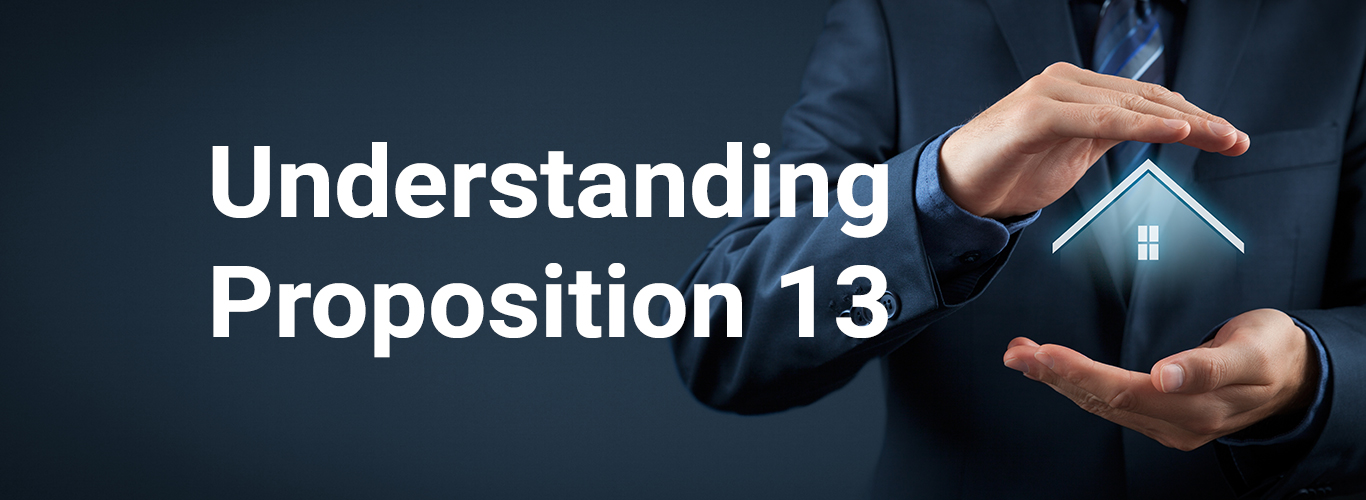Owners of real property who lease their property to others are known as lessors. The person to whom the property is leased is known as the lessee. The usual lease is of a home, office building or office space, warehouse or other developed property to one or more lessees who occupy and use the structural improvements on the property. However, in some vacant land leases, the lessee builds a structure and those improvements remain the property of the lessee during the term of the lease.
Improvements made by the lessee are commonly referred to as "tenant improvements" or "TI's" or "leasehold improvements.” California Revenue and Taxation Code Section 441(d) requires the lessor and lessee to provide the assessor with a copy of the lease and the construction contract(s) of the lessor and lessee. The terms and information provided in both the lease and construction contracts are kept confidential. By analyzing the lease, the assessor can determine whether a separate assessment for the lessee-owned improvements should be created.
The assessor creates a separate, unsecured assessment for the improvements owned by the lessee when the ownership of the underlying land and some or all of the improvements is split between the lessor and the lessee. Lessee-owned improvements can include buildings, or offices The assessment of these improvements is unsecured because the real property is in a different ownership and cannot be used to secure the property taxes. The unsecured assessment is in the name of the lessee. These lessee-owned improvements receive a base year value and are subject to the annual inflationary adjustment required under Proposition 13. Improvements on leased land may be subject to supplemental assessments if there is a change in ownership or new construction, An unsecured tax bill for the improvements on leased land is mailed to the lessee in July, consists of one installment, and is delinquent if not paid by August 31.
Lessors and lessees set forth their respective property tax obligations in the lease document. Depending on the property tax obligations, there may be a need to allocate the property taxes on the land between the lessor and the lessee if the lease does not cover the entire parcel. This allocation can be obtained from the assessor for the payment of a fee. Because the lessee's improvements are on a separate, unsecured bill, those taxes do not need to be allocated.
Leases are a useful, but complex business tool. Any potential lessor or lessee should consult one or more professionals in the financial, real estate and legal fields.



